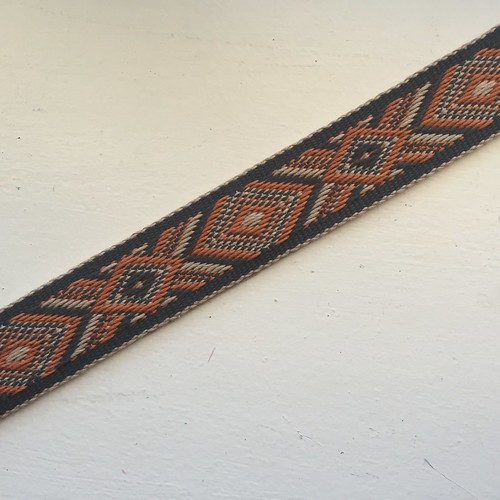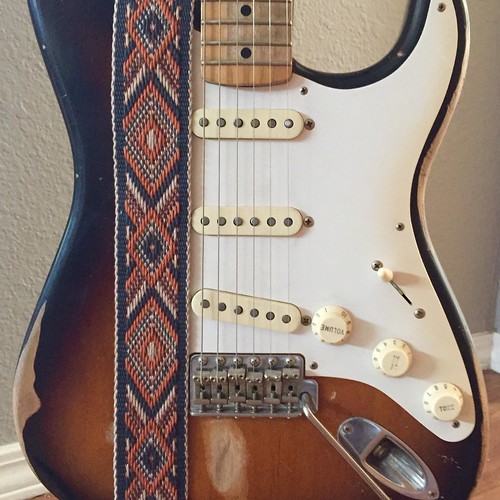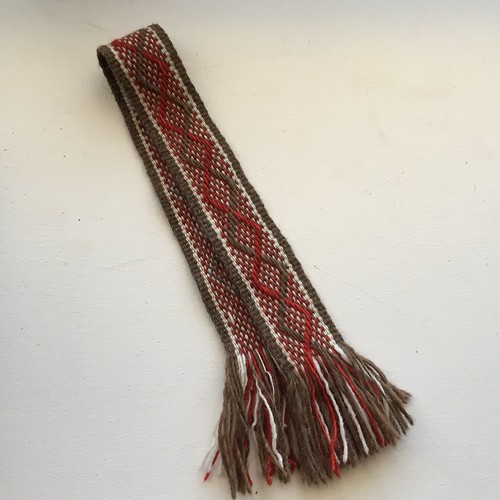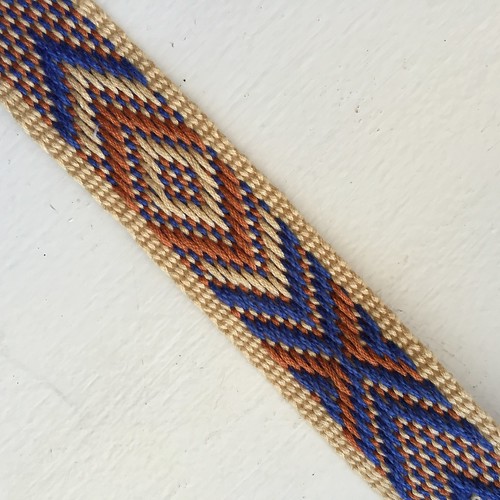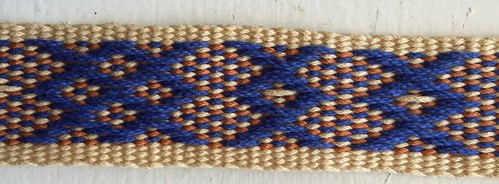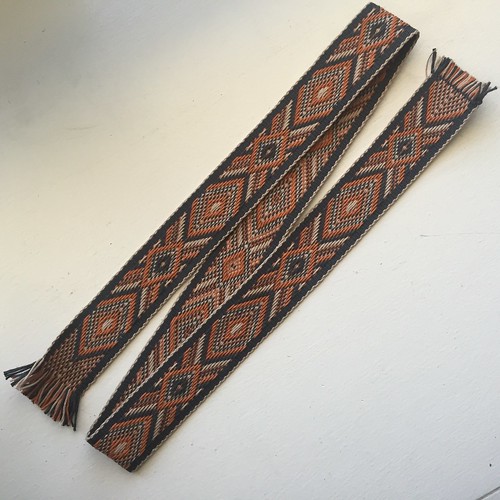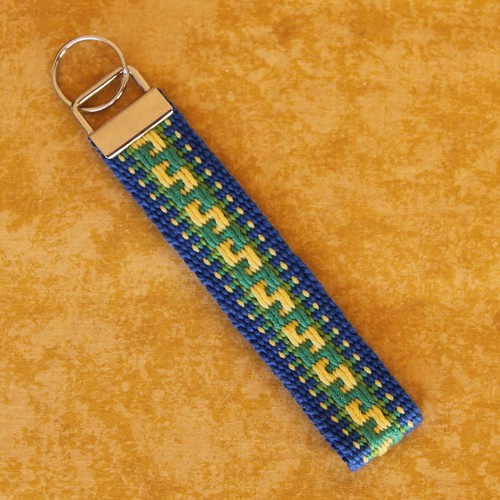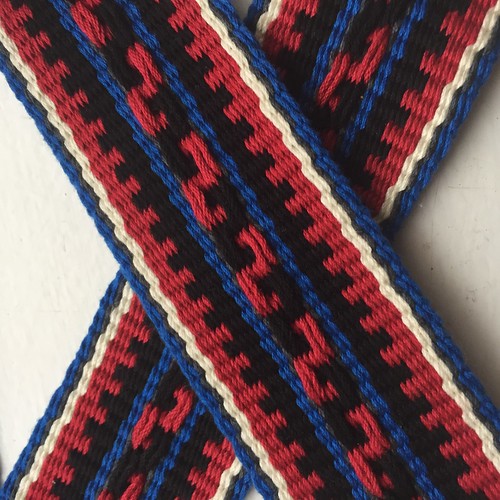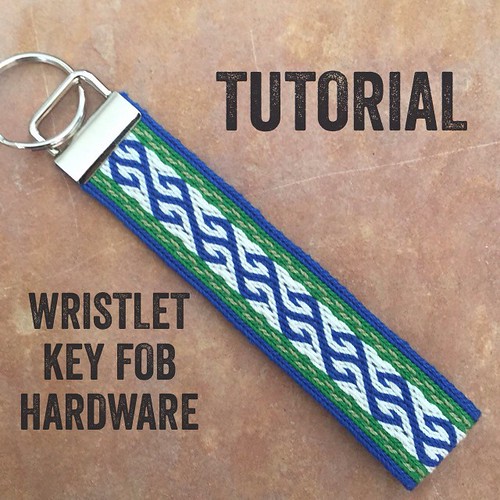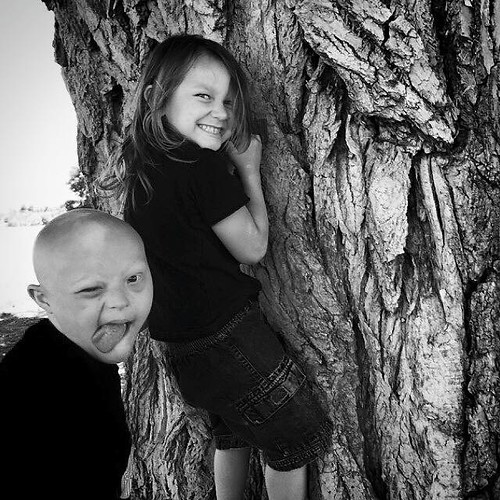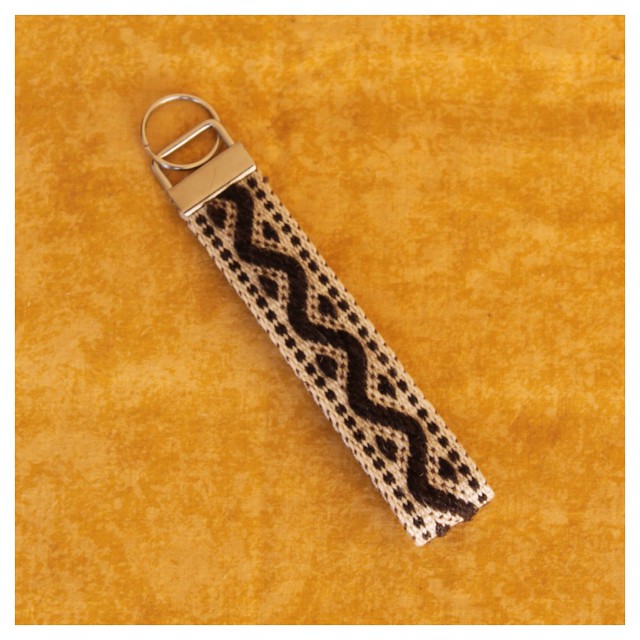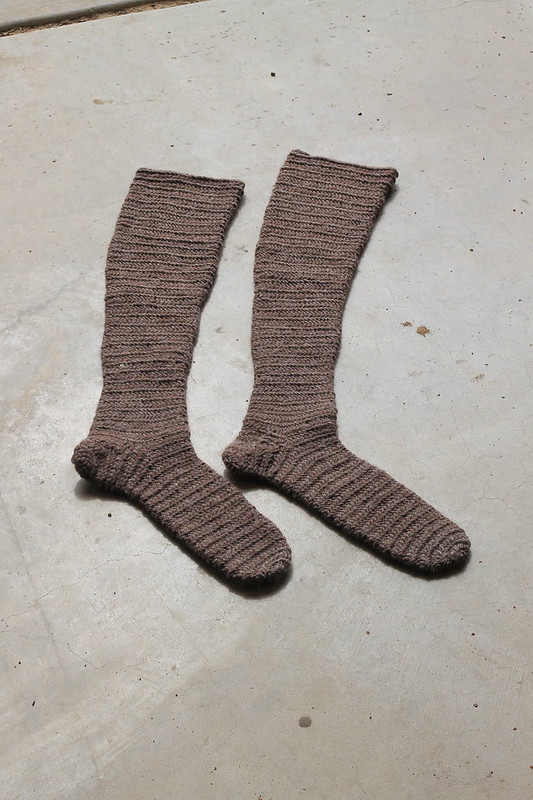Pretty much last minute in August I decided to weave up a sash using my handspun yarns. I'd taken a break from weaving to spend the summer with my kids and this was kind of a reintroduction to getting back to weaving.
For over a year I have been spinning local New Mexican churro yarn. My original thought was I could build up my stash of finely spun local wool yarns to maybe use for tablet weaving or some on the inkle loom. But here's the catch, and I knew this but I still needed to try, churro wool is really good for weaving rugs or items that need strength such as bags. It's not a good choice for garments. But I thought, maybe I could weave it for items such as belts, trim, or sashes, since these items aren't worn against the skin and need strength.
So I started with spinning my usual singles. Fat singles, and skinny singles. I prefer to weave with handspun singles. But no joke, every time I wove with them it did not go well. First I started with my inkle loom. And holy moly, shredded yarn. Then I moved to tablet weaving, and yikes, sticky, sticky, sticky beyond belief. So I abandoned my handspun yarns for quite some time and needed to just think about what I was going to do with them.
Then in August, I decided to sit down and respin my singles almost to the point of being over spun, then I plied them firmly into a two-ply yarn. I washed and set the skeins and proceeded to do the same to a lone red skein from a local yarn shop that I obtained a few years back. I also grabbed a non-churro wool yarn I had spun, a variegated off white with flecks of brown and respun that too.
Now I had a collection of 3 colors of churro, and 1 color non-churro. And here began the magic for me. I am usually pretty meticulous about drawing out drafts to weave and doing samples to work to a specific size for width. But a pattern popped in my head, a simple one, using a "comb" design and I just sat down and fully warped my inkle loom to the max.
I was pretty sure the yarn would shred and I would end up wasting it like I had been doing (it quietly kills me to waste yarn). And I am not sure if I've ever completely winged it when it came to warping. I had no idea how wide this woven piece would become let alone if I could weave it.
I used a thinner spun plied wool for the weft and behold, I was able to weave it. The sheds opened without much difficulty (advancing the warp was challenging). And I loved it! The simple comb design was just what I needed and it all came together much better than I could have expected. I finished the band, and twisted the fringes. I had a beautiful sash, strong and sturdy. An item that had simple beauty, but rugged enough to be used.
The thought entered my mind to enter it in the state fair. For me, entering a woven product was about complexity or something grand, but this sash didn't fit that bill. I wanted to enter it because all the wool was handspun (and a respun commercial skein), I had used local wools, my weaving was even with nice selvedges (edges), and I successfully used my handspun on the inkle loom without shredding. Not one warp broke or even showed signs of wear! I finally learned how I needed to spin my churro for weaving on the inkle loom.
So I entered it. And during my son's field trip to the state fair I dragged him to the creative arts building (my oldest son is pretty much completely not impressed with weaving, he is like, yeah mom, I've seen this a hundred times before). Even more crazy was I got a first place ribbon in my division! Wow! Coolest thing ever!
It was totally exciting to see that they appreciated exactly what I saw too. I really couldn't believe it! Anyhow, this sash is staying in my personal collection for the time being and now I am slowly working thru my churro roving stash, spinning heavy worsted weight two-ply yarns for weaving. I am hoping next year to go collecting local plants for dyeing (I completely missed doing that this year) some of my wool.
Lesson learned, weaving doesn't have to be super complex, and pattern challenged to produce something beautiful!
Details! The sash measures 108" (86" woven, 6" x 2 fringe). The width is 2 7/8".





